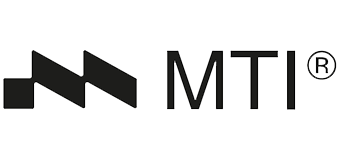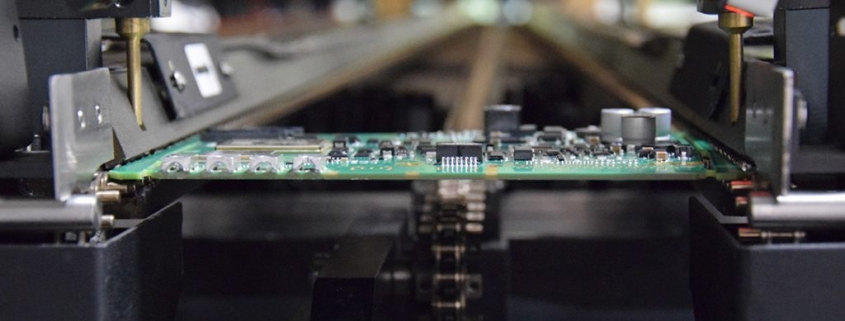Mastering Reflow Soldering: A Comprehensive Guide
Mastering Reflow Soldering: A Comprehensive Guide
Reflow soldering stands as the predominant method for attaching surface mount components onto Printed Circuit Boards (PCBs).
During the pick-and-place operation, components are situated on the board atop paste deposits. The reflow soldering process then facilitates a dependable electrical and physical connection. Solder pastes melt and subsequently cool to form robust solder joints, with the aim of achieving this without causing damage due to excessive heat.
The reflow soldering cycle typically comprises four stages: Preheat, Thermal Soak, Reflow, and Cooling.
Preheat: The oven gradually raises the temperature to heat the boards and components uniformly, paying attention to the temperature gradient to prevent component damage.
Thermal Soak: Activates flux particles, reducing oxidization, enhancing solder wetting, and promoting component longevity.
Reflow: Reaches the maximum temperature, dictated by the component with the lowest maximum temperature tolerance.
Cooling: Solder alloys solidify to form solder joints, ensuring proper wetting and preventing component damage or cold soldering.
In Reflow Soldering, quality is crucial, necessitating high-quality materials and meticulous profile optimization. Despite the time and effort invested in setting up an ideal Reflow Solder Profile for each assembly, it’s essential to achieve consistently reliable results.
MTI PCBA is a distinguished high-tech enterprise, specializing in PCB design, manufacturing, and assembly services. Committed to delivering top-notch services, MTI PCBA serves a diverse range of markets, including medical equipment, telecommunications, automotive manufacturing, and more.



